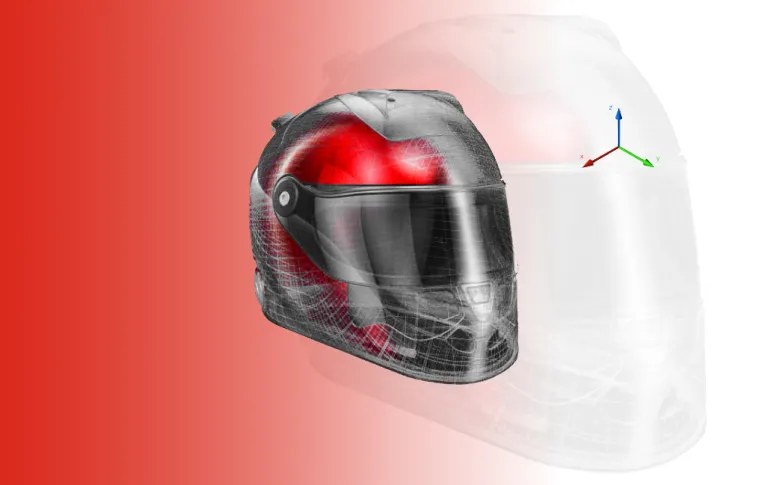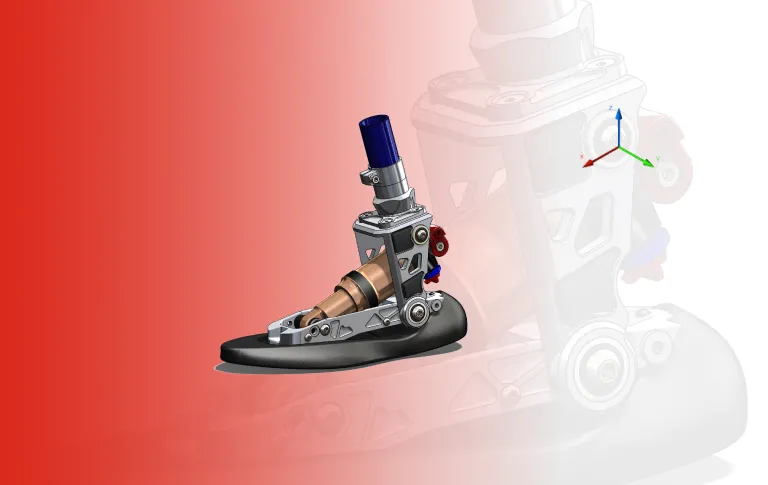What is wireframe modeling and why is it so crucial to design?
3D and 2D wireframe modeling techniques are used by engineers and designers to construct simple, skeleton-like models that depict real-world objects. In this article, we explain exactly what you need to know about 3D and 2D wireframe modeling in CAD.
What is wireframe modeling?
Technically speaking, wireframe modeling is a technique where a designer will create a geometric presentation of an object using lines, curves, circles, arcs, and various other shapes. These lines define the points of the object in a detailed yet simple manner. You can think of wireframe modeling as being like a rough sketch or an initial blueprint of a design.
2D wireframe modeling can be done using nothing more than a paper and pencil. Some of the most common applications of 2D wireframe modeling include architectural drawings for buildings and the initial sketches of products during the conceptualization stage of the product development process.
To assist them in developing complex designs, engineers, architects, and designers use computer aided software to create 3D wireframe models. Wireframe modeling in CAD is an important part of the process of developing a product, building a structure, or manufacturing a part or machine. Unlike 2D wireframe modeling, digital 3D modeling wireframe techniques can be used to show depth and can be viewed from any angle.
Discover the 3D CAD browser solutions from Dassault Systèmes
Explore the full range of 3D CAD browser solutions from Dassault Systèmes at our online store.

SOLIDWORKS Cloud
Get ready for the next generation of design solution, developed by the same team that brought you SOLIDWORKS 3D CAD

CATIA Mechanical Designer
Design on your terms with expert applications that cover the end-to-end mechanical design process

3DEXPERIENCE SOLIDWORKS
From mechanical 2D or 3D design to manufacturing, accelerate your processes at an affordable price.
What is a wireframe 3D model?
A 3D model is a visual representation of a three dimensional object created with lines and edges. It is a skeletal model of an object without any textures or fine surface details.
Although we now associate wireframe models with computer aided design, 2D and 3D wireframe modeling techniques have been used by engineers, architects, and artists for centuries. In addition to sketching a 2D wireframe design of what they wanted to build, designers would fashion 3D physical representations of their proposed creations from wires, hence the term wireframing. These wireframe models allowed them to show exactly how an object would look in three dimensions.
Nowadays, designers and engineers create 3D digital wireframe models with CAD tools. A 3D digital wireframe model is used to communicate basic design concepts and is also used as a starting point for more detailed modeling techniques such as surface modeling or solid modeling.
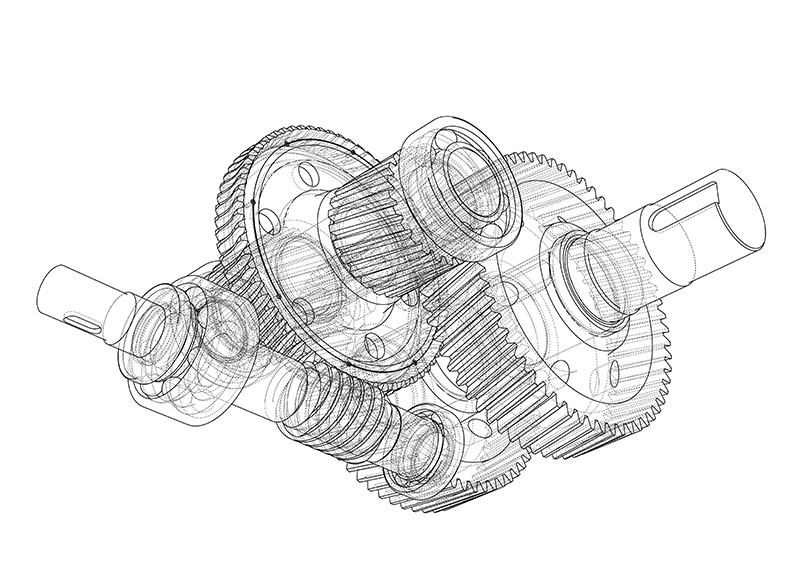
What is the purpose of a wireframe in 3D modeling?
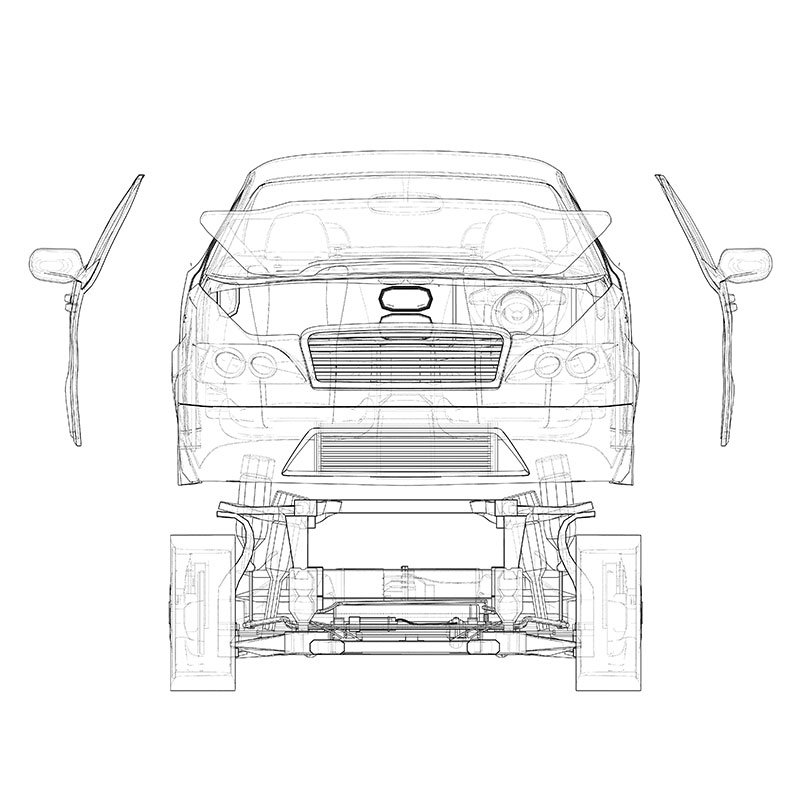
A 3D wireframe model is a simple way of visualizing complex 3D objects. 3D wireframe models are crucial during the beginning stages of an architectural project, during product development, or at the start of the engineering process.
One of the main benefits of a 3D wireframe model is that it can be easily understood by anyone, even someone with no formal training or experience in architecture, engineering, or design. This makes 3D wireframe models an ideal way to communicate proposed concepts between professionals and clients.
Since 3D wireframe models are focused on structure and shape and not on color and texture, designers can also use them to perform quick experiments before going on to more detailed and complicated work involving solid and surface modeling.
3D digital wireframe models can be exploded, zoomed in on, and used for both orthographic and auxiliary views. Spatial relationships between corners and edges can be analyzed to determine the shortest route between points.
Browse all the Dassault Systèmes store applications
We feature in our store some of our best software to design, collaborate and innovate throughout the entire product lifecycle.
Content related to Wireframe Modeling
What are the advantages of wireframe 3D modeling?
It’s important to keep in mind that 3D wireframe modeling cannot be used as a replacement for either surface modeling or solid modeling techniques. One of the main aims of a wireframe model is to act as a starting point for more detailed 3D models. However, wireframe 3D modeling does have some distinct advantages over more involved 3D modeling techniques. These features make wireframe 3D modeling a better choice for certain purposes.
What are the disadvantages of wireframe modeling?
One of the main drawbacks of wireframe modeling is that it can be an exacting task that takes large amounts of time. Although creating a wireframe model is certainly not as involved as developing a solid model or a surface model, it can still take a great deal of time and require specialized knowledge to produce a professional-level wireframe 3D model.
There are also other limitations of wireframe modeling. 3D wireframe models can only communicate relatively simple concepts. A wireframe 3D model is not suitable for many types of highly complicated designs. If there is too much information, a wireframe model can be confusing to interpret.
The representation is less realistic than and will not include the detailed textures and surfaces that surface modeling techniques can produce. Wireframe models cannot be used for accurate representations of organic shapes or depict intricate surface details. Unlike solid modeling, they cannot be used for cross-sectioning so they can’t provide any information on the fine structural details of the inner workings of an object.
Wireframe 3D models are also limited in their value as analytical models as they cannot be used to calculate volume or mass.
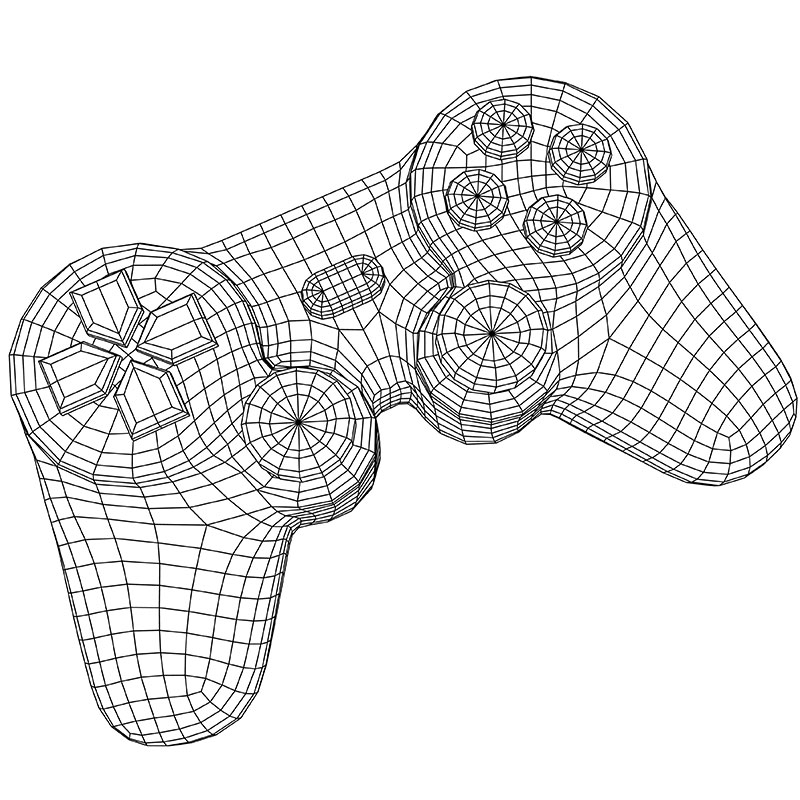
Why is 3D wireframe modeling important for product engineering?
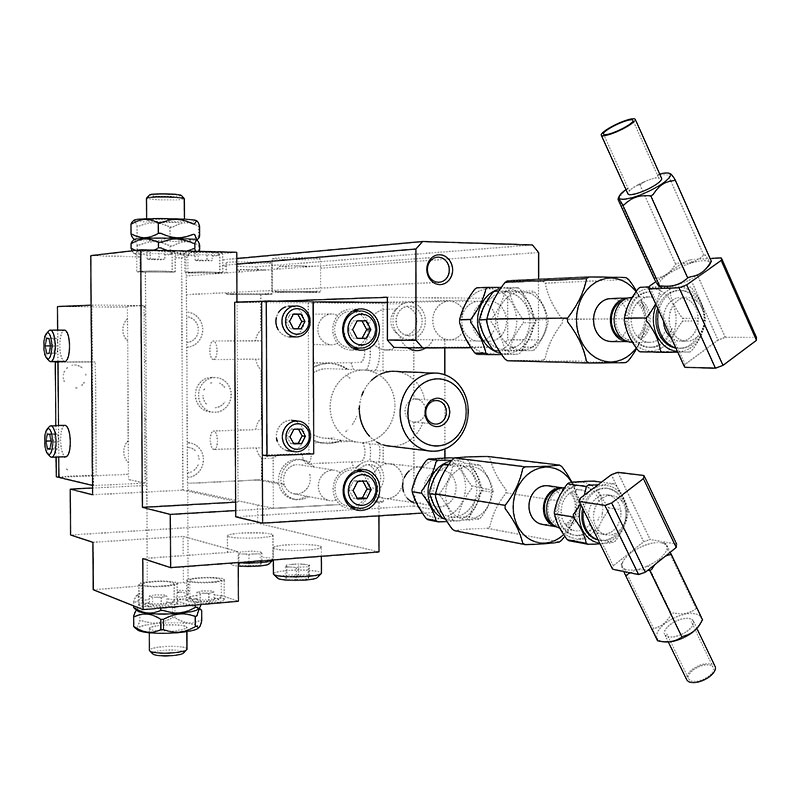
Imagine you are creating a new product. You would probably start with an initial sketch of your ideas using a pencil and paper. But this won’t be enough to convey your concept accurately. You’ll need to develop something that can provide a clear representation of your idea in three dimensions. While you could build a physical mock-up, this also takes time and resources. A digital 3D wireframe model provides you with a precise yet simple way to visualize and test a concept without having to build physical prototypes or create detailed solid or surface models.
Modern 3D wireframe modeling software allows designers to create a product design without needing to devote large amounts of time or resources to the process. 3D wireframe models are cheaper and faster to produce than solid models or surface models, as there is no need for rendering. Design concepts can be shared among stakeholders quickly and easily.
3D wireframe models can help to reduce time to market as designers and engineers can design and test product concepts before producing physical prototypes. Any potential flaws can be identified early so costly rework is avoided.
What are the advantages of wireframe modeling in architecture?
As well as product development, 2D and 3D wireframe modeling techniques are also widely used in architecture. Because architects need less computing power to develop a wireframe model, they can produce work faster.
3D wireframe models give architects precise control over a structure. Complex modifications can be completed using only lines and shapes. The speed and accuracy of wireframe modeling enable architects to communicate their ideas quickly and make any necessary changes more easily, all of which help to ensure that a construction project stays within its time frame and budget.
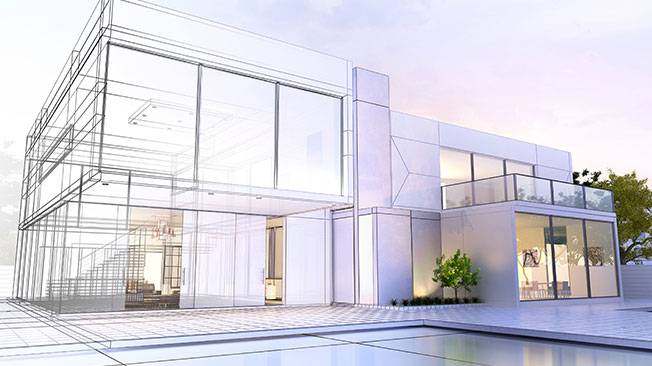
Wireframe Modeling - Conclusion & Perspectives
Wireframe modeling is a geometric modeling technique used to provide a clear, simple-to-understand visualization of an object or structure in either two dimensions or three dimensions. A wireframe model is made using lines, points, circles, arcs, and shapes.
3D wireframe models allow for relatively complex ideas to be shared among stakeholders quickly and easily early on in the design stage. Spatial relationships between points can be analyzed and designs can be manipulated and changed easily. With a 3D wireframe model, basic design functions can be tested without the need to produce physical prototypes or complex solid or surface models.
Unlike a surface model, wireframes are completely see-through and have no textures or fine details. Unlike solid models, wireframes cannot be used for highly complex designs and cannot be cross-sectioned.
Despite the limitations of 3D wireframe modeling, it is still essential to the design process. Engineers and designers, architects, and product designers across a broad range of industry sectors all use 2D and 3D wireframe models as part of their design processes.
Why choose Dassault Systèmes software for your 2D and 3D wireframe modeling needs?
Break free from IT restraints with the 3DEXPERIENCE Platform
The 3DEXPERIENCE Platform is a powerful cloud based digital environment that provides effective solutions to issues of mobility, security, and scalability. This truly revolutionary software represents a new step forward in how design professionals work and collaborate.
You can connect with anybody, wherever they are located in the world, at any time using any device via the 3DEXPERIENCE Platform. Sensitive files can be stored securely and shared safely with clients and colleagues using one digital environment. You can customize your choice of roles so that your team has access to the exact CAD and PLM tools they need, and nothing that they don’t.
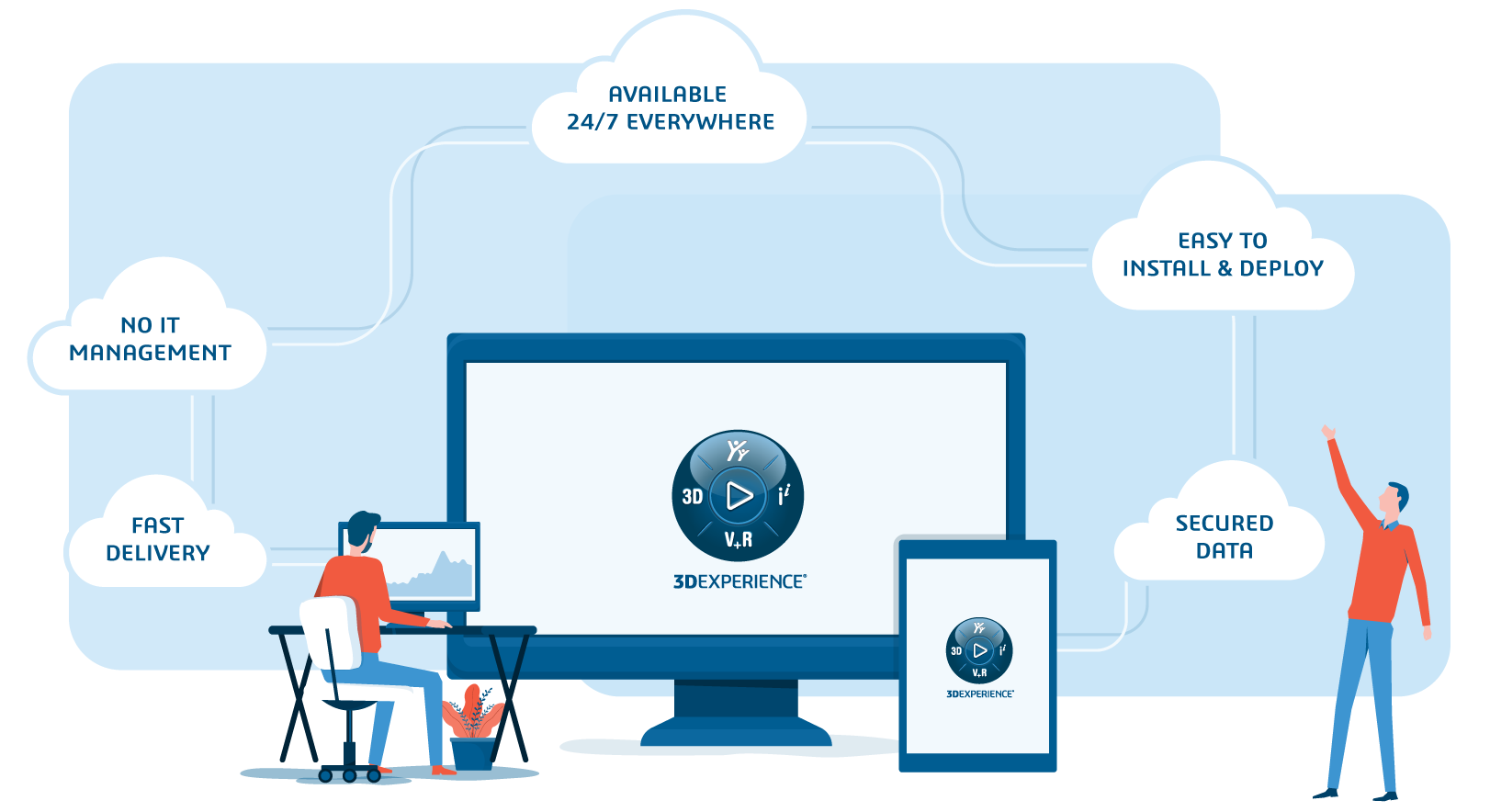

Developing innovative CAD solutions for over 40 years
When investing in a CAD package, professional architects, engineers, and designers require solutions that are intuitive, affordable, scalable, and powerful. For more than four decades, experts across a range of sectors have relied on Dassault Systèmes to provide them with the tools they need to manage their people, create innovative designs, and bring products to market sooner for less cost.
From pioneering CAD products like CATIA and SOLIDWORKS to the revolutionary 3DEXPERIENCE Platform, Dassault Systèmes has led the way in developing software that allows for new ways of working and collaborating. Discover how our roles can help you transform the way you design and create.
Explore inspiring content
Frequently asked Questions
A wireframe model is a 2D or 3D depiction of an object using lines, arcs, circles, and shapes.
Wireframe modeling is used to create simple representations of objects and allows architects, designers, and engineers to communicate their ideas and manipulate designs quickly and easily.
3D wireframe models are made of a simple line mesh with no added textures or details.
Unlike solid models, 3D wireframe models are transparent with no inner workings or fine details.

